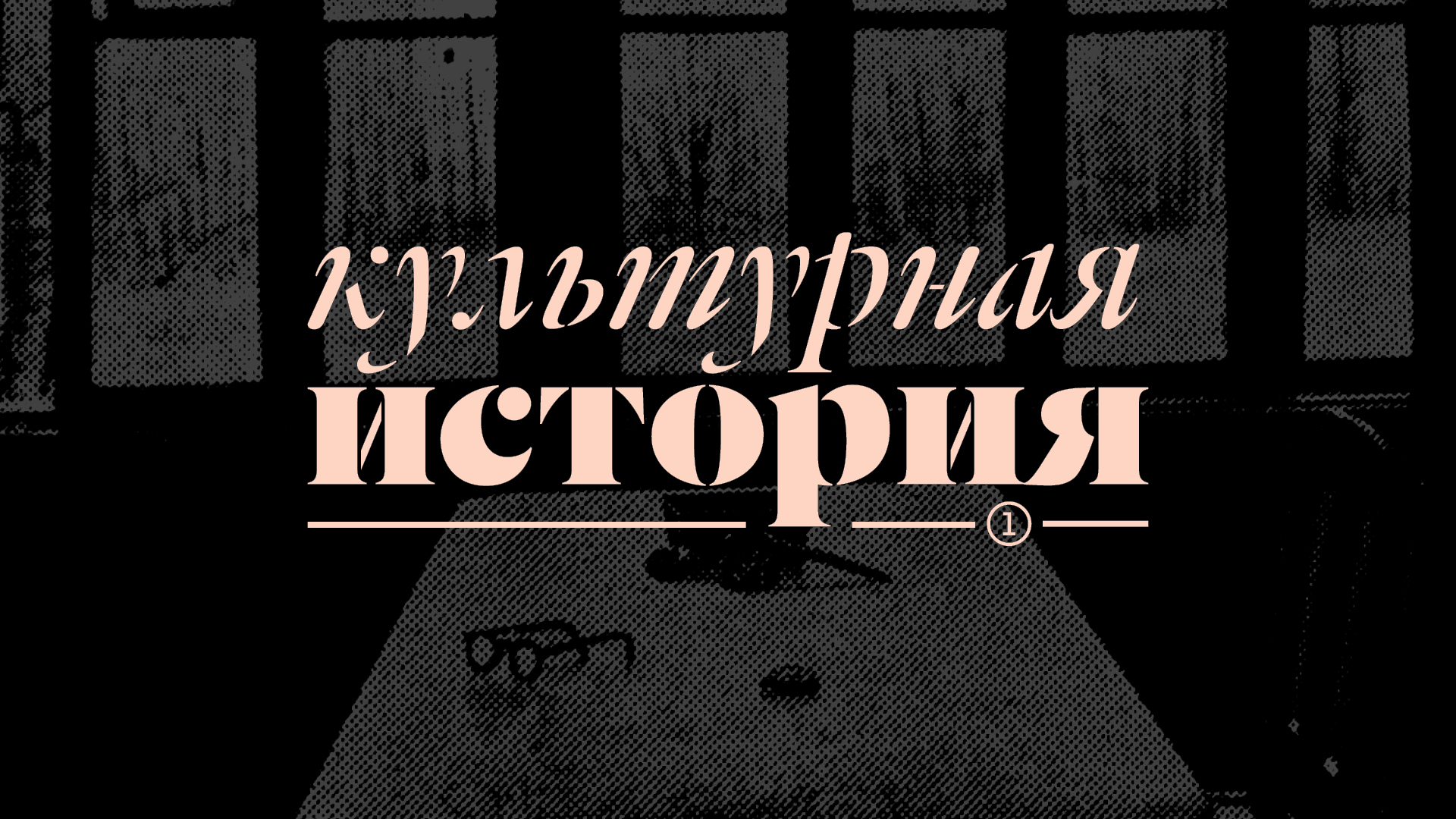Abstract
The article deals with Konstantin Makovsky’s “A Boyar Wedding Feast in the 17th century” in the context of ideological climate of the reign of Alexander III, which was marked by the conservative turn and orientation towards Moskovia in the 17th century. This work became one of the first and bright examples of the presentation of an idealized image of the national past in the arts of the Russian Empire in the second half of the 19th century. Subsequently, the image presented by Makovsky in “A Boyar Wedding Feast”, since it did not find a buyer in the Russian Empire, was exported as exotic to the foreign art scene.
The article reconstructs the history of the exhibition of the painting and its reception in the capitals of the Russian Empire, which previously did not attract close attention from researchers of Makovsky’s art. In addition, it is demonstrated how Makovsky built his career strategy after leaving the Association of Traveling Art Exhibitions. It was important for the artist not only to profitably sell his works for large sums, but also to receive income from their exhibition. Attending his exhibitions was quite expensive.
Makovsky’s “Boyar Feast” was presented under artificial lighting, which was still a rare phenomenon in the Russian Empire and caused confused reactions from the audience Makovsky employed visual practices such as panoramas and tableaux vivants to popularize the historical picture among the general public. However, this caused a discussion about whether mass entertainments should be combined with high art such as history painting.
